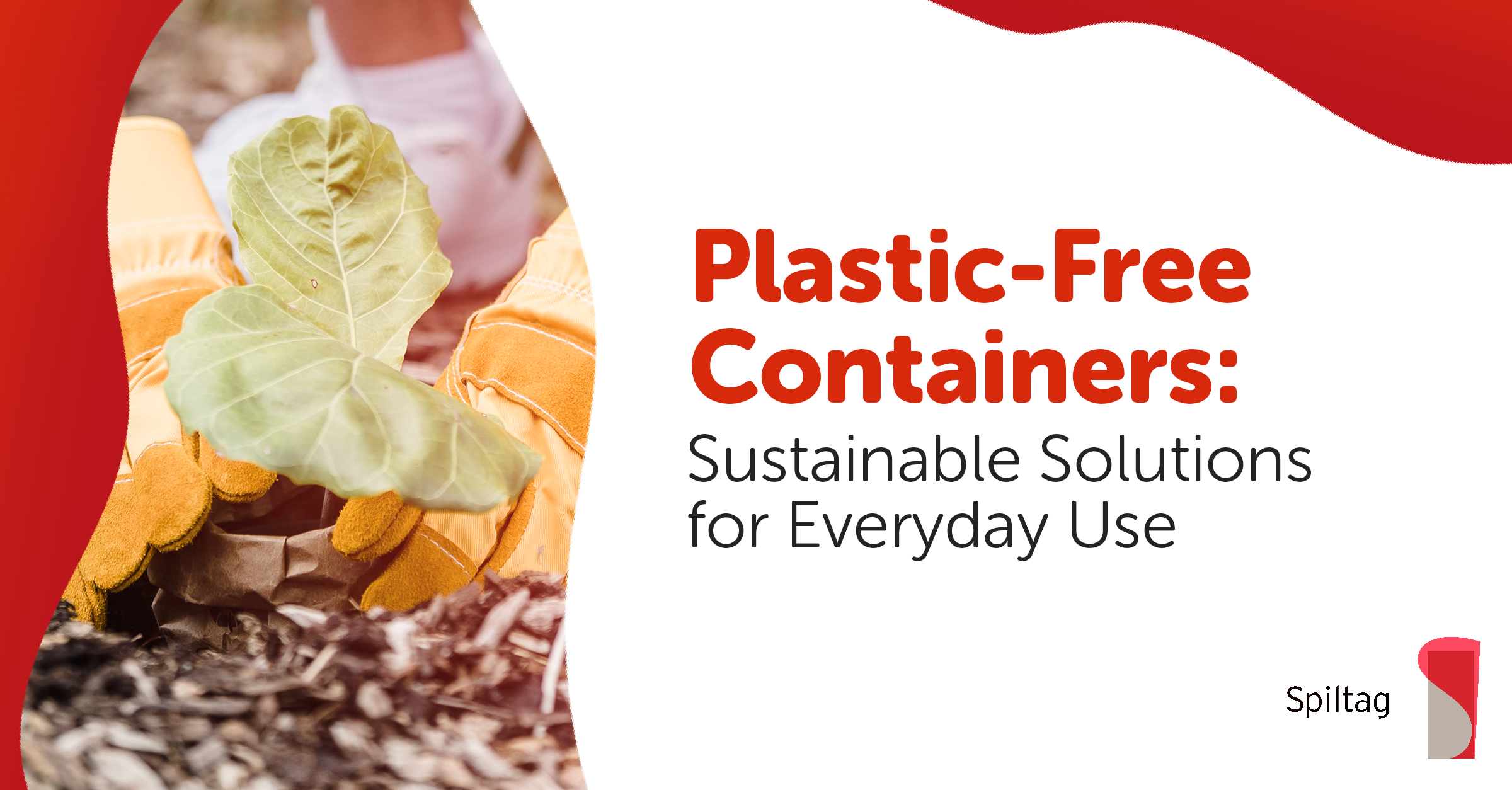
In an era where environmental consciousness is paramount, plastic-free containers are gaining popularity as a sustainable alternative. This post delves into the world of these eco-friendly options, highlighting their benefits and varieties.
Plastic-free containers are not just a trend; they are a crucial step towards a sustainable future. By reducing reliance on plastic, these containers help in curbing pollution and conserving natural resources. This section will explain their importance in today’s world.
There are various types of plastic-free containers, each with unique features. From glass and stainless steel to biodegradable materials like bamboo and paper, this part will explore the different materials used in manufacturing these containers.
Using plastic-free containers has several advantages. They are often more durable, safer for health, and better for the environment. Here, we’ll discuss the multiple benefits of making the switch to these sustainable alternatives.
Integrating plastic-free containers into daily life is easier than it seems. This section will provide practical tips on how to incorporate these containers into everyday use, from food storage to personal care items.
The future looks bright with innovations and increased demand driving their development. We will look into the potential advancements and how they can further contribute to environmental sustainability.
Plastic-free containers represent a significant move towards a more sustainable and eco-friendly lifestyle. By choosing these alternatives, we can make a positive impact on our environment and pave the way for a greener future.
Check our linkedin page and our products!